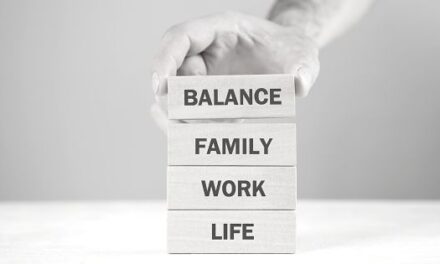It’s no longer enough to delivery a product or service – we have to deliver an ‘experience’ (and that includes projects)

‘Experience management’ is a key term and ideology in business today, and effectively refers to the experience that customers receive when doing business with you. Experience design (creating the experience) focuses on the entire process, starting with the very first interaction or encounter (whether in person or digitally), rather than simply basing success on satisfaction of the end product or result. This concept is now being embraced by the project management industry. Project teams are concentrating on ensuring a greater stakeholder experience over simply delivering a project on time and to budget.
It is no secret that the project management industry on a global scale across all sectors has been underperforming for many years now, but I am confident that the recent drive to focus on project managers delivering an exceptional experience to the customer will lift performance of projects delivered.
Looking back, it is evident that the method-based approach the industry had been following was not effective. During my 20 years of project and program delivery, I have seen the continual failure of projects, large and small, due to a combination of avoidable mistakes and an old-fashioned business approach taken by the industry. High profile project failures include the Census a few months ago, the Queensland Health System debacle, the HealthSMART project and the Myki project in Victoria.
Fortunately, a new generation of project leaders have started to take an entirely new approach. I believe the next few years will see some very exciting and important leaps forward in the ways projects are planned, managed and delivered. And without a doubt, one of the most important changes in project management is a focus on designing and then producing the optimal customer experience for all those involved in the delivery of a project.
The “customer” or “user” we reference can take multiple forms. In retail and service-based business, the customers are the end recipient of the business’ products or services – and they may include members of the general public, other businesses, or a mix of the two.
In the case of project management, we refer to “stakeholders” – they are the customers, and whilst they are usually other businesses or investors, they could also be members of the public.
During the big business era, the only thing that organisations really cared about was whether the final outcome of the product or service was satisfactory to the client. In other words, how they arrived there was not really of concern. Nowadays, in a tech-heavy global village, consumers want more from those they do business with, and a satisfactory experience is expected alongside a working product.
The difference between an ordinary transaction and repeat business is the experience. How well did the business understand your needs? What was their communication with you like? Did they make you feel special and important? These are the factors that will set successful business apart from their competition.
The use of the Net Promoter Score (NPS) by organisations like Telstra as a way of gauging the customer’s overall satisfaction with a product or service, highlights how important the personal experience is in defining a truly successful piece of work. The project management industry has created something similar – the ProjectNPS tool; the same approach toward customer service that can only improve the stakeholder experience.
Stakeholders (the customer in this scenario) expect more than just an output. That is why they are paying the project team after all. Just as important as meeting a deadline or a budget is whether the project leader is really listening to the stakeholder. And not just at the start of the project, but all the way through. Requirements could change due to many factors, and therefore project teams need to be flexible. There is little point to a team failing to report back to the stakeholders because they are so busy pushing to meet a deadline, if the outcome turns out to be unsuitable.
When you consider how fast situations and needs change, it makes sense that meeting the original budget and deadline is not as critical as delivering a project that is actually what the stakeholder requires. The stakeholder will not be concerned about realistic changes to the original budget and deadline if circumstances have changed, and therefore alterations needed to be made to the project delivery.
The ultimate customer experience is one where the project team upholds the vision of a project, and that the justification of the project remains sound throughout each stage, rather than being “slaves to a process”.
Here are some practical ways project leaders and teams can enhance the customer experience.
- Create strong relationships with your customers (stakeholders) and develop different ways of communicating with them. This could be by email, social media, or some other form of digital correspondence. Regular phone calls are just as important, as they allow the stakeholder the opportunity to offer immediate feedback and ask questions.
- Ensure that stakeholders work collectively with you on the design, build, test and implementation. Stakeholders should be confident with the way that the team is being led and progress is being communicated.
- Don’t focus on simply measuring the time and cost element of the project. Also focus on the customer’s perception of the service they are receiving as this is what will bring them back to you in the future
Stakeholder satisfaction is paramount, and is at the heart of everything that Conscious Project Leaders do. Project leaders need to always ask themselves, ‘what’s the right thing to do by the customer?’.




















